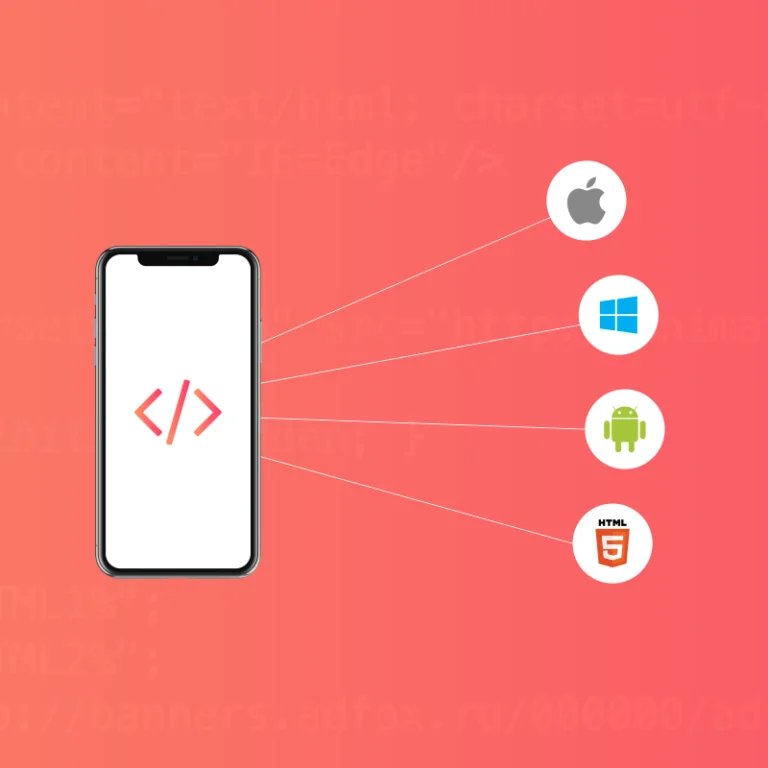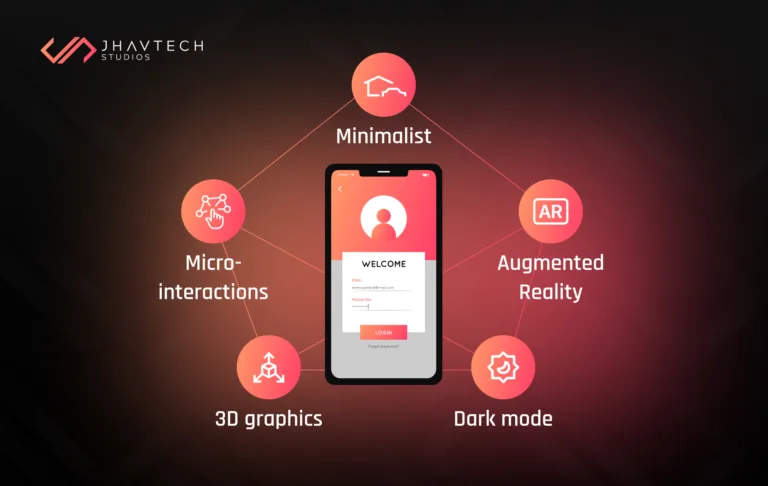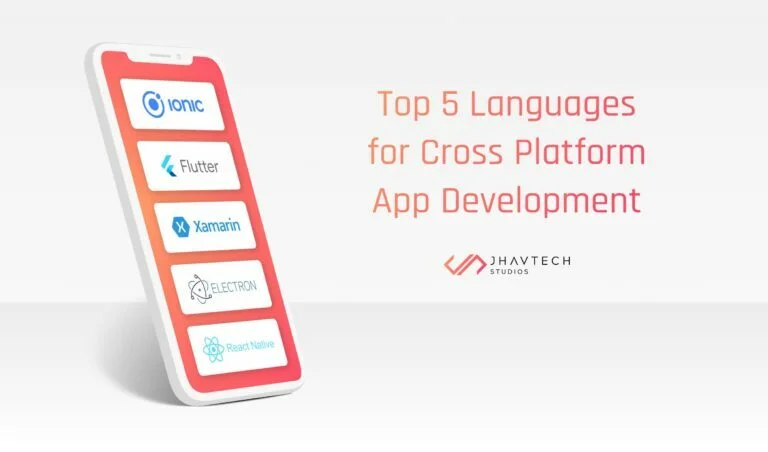If you happen to be reading this post, it’s likely that you have an app idea and you’re ready to invest in building it pretty soon. However, you must also be cognizant of the fact that designing, developing, and launching a mobile app is not a walk in the park. It entails meticulous planning, technical knowhow, and awareness of your niche in order to optimize the cost of building one.
The cost can be substantial, but the returns of a successful app can be bigger. Let’s take a sneak peek at the revenues generated my mobile apps as reported by Statista earlier this year. It is estimated that by the end of 2021, mobile apps would have raked in a staggering $693 billion!
This figure clearly shows that consumers rely heavily on mobile apps for shopping, gaming, food ordering, travel bookings, among other verticals. It also highlights how bankable building a mobile app can be for businesses. It is therefore important to keep things in perspective before you set your mobile app development budget.
Having said that, let’s break down the mobile app development cost and identify the crucial factors affecting it…
Mobile App Development Team
The cost of mobile app development depends on whether you will be working with an independent developer or a large development firm. In a huge company, there are separate departments designated to take on different tasks involved in the development process, so the cost is high. Conversely, an independent developer may only have one team to perform all the tasks, and hence, the cost is significantly less.
Aside from this, the location and structure of the company or the team handling your project also affects development cost. A basic dev team typically consists of a project manager, programmer, UI/UX designer, and a QA engineer. An extended team may include 1 project manager, 1 system administrator, 2-4 app developers, 1-2 UI/UX designers, 1 back-end developer, and 1 QA engineer.
If you have a big project or your mobile app is complex, it may require a big workforce, which could breach budget lines. A large team may translate into higher costs, but a small team may also mean longer time spent completing your project. And time is money, so try to balance those teams’ proficiency with your budget.
Mobile App Development Platform
The development platform for mobile apps is selected depending on the business model. In general, there are two options: native or hybrid. With a futuristic mindset, most businesses build apps, both native and hybrid, mainly for Android and IOS.
Hybrid apps are way cheaper to build than native apps. With the use of a single web code, it can operate in different devices with cross-platform functionalities. However, if user experience and exceptional performance are the top priorities, native apps are the way to go.
It requires a bigger investment, particularly native Android apps as they require more time to code and layout. It is also important to note that Android supports dozens of different mobile devices with varying screen sizes. Testing for the different Android app versions will likewise add to the costs.
For iOS, there are at most 20 different kinds of devices and OS versions. The bottom line is that it is cheaper to develop for Android than iOS. Android is actually regarded as the most affordable platform for small businesses planning to build a mobile app.
Mobile App Design, Features & Functionalities
The design of an app consists of icons, logos, wireframes, user interfaces (UI), and several other things. Factors that influence design cost include complexity, experience and location of the designer, and the platform for which the design will be made.
For functionalities of a mobile app, things to consider include choice of the backend infrastructure, content management system, and third-party service integration. Based on preference, these can add to or subtract from the cost of development.
Moreover, if you opt to add some extra features to your mobile app, its cost will certainly increase. Below are some of the features that businesses look for in a mobile app:
- Sign up through email or social media
- User login
- Navigation
- Geolocation
- Maps integration
- Push notifications
- Chat or messaging
- In-app purchases
- Integration of payment gateways
Mobile App Hosting & Security
Mobile apps transmit lots of information and does this in real-time. It may include confidential transactions, user data, etc. Any vulnerabilities or breaches in the security of this data can lead to irreparable damage to the reputation of your business.
This explains why security can make up a huge chunk of your mobile app development cost. You need a reliable app hosting provider with state-of-the-art security. Multifactor authentication is one functionality that a mobile app must do to ensure data protection.
In addition, if your app is designed to save passwords and other sensitive data, there’s a need to use tight cryptographic algorithm and key management. Other app security best practices include conducting data sanity checks, penetration testing, and threat modeling.
Ultimately, depending on the type of your mobile app and intended user interaction, you can select the appropriate set of security measures and optimize your development costs.
Mobile App Updates & Maintenance
As long as your app is in the market, you’ll need to maintain and update it. The developer must also provide technical assistance for the seamless functioning of your app.
Besides, the technological ecosystem and app platforms are always evolving, so you need to make the necessary tweaks to certain features and functionalities. Routine maintenance and regular updates are crucial in keeping your app relevant in the ever changing software landscape. This entails additional expenses even after the launch of your app.
Take into account the following expenses for standard maintenance costs:
- Identifying and fixing bugs, crashes, and other glitches
- Upgrading to the latest OS versions
- Upgrading third-party integrations to their latest versions
Along with these, you may also need to consider some advanced app maintenance chores:
- Integrating new features and functionalities
- Switching to bigger servers and better hosting
- Upgrading the tech stack with the latest technologies
Final Words…
Aside from the primary cost-driving factors discussed above, the ancillary elements that add up are numerous. They collectively determine the features and functionalities of your mobile app, and as these increase, so do the time and cost associated with them.
Moreover, integrating technologies like artificial intelligence, Blockchain, and cloud-based services, raise the complexity of the project and subsequently the cost.
You need to decide whether you’ll hire freelancers or a reputable company as your app developer. Hiring freelancers or independent developers may seem cheaper at first, but you must consider the long-term drawbacks of working with them.
On the other hand, if you go for a professional app development company, you can ensure the outstanding quality of the deliverables while keeping the development costs in check.
Jhavtech Studios is a leading mobile app development company in Australia. With a team of experienced project managers, talented designers, developers, and QA testers, we have delivered exceptional apps to a diverse clientele and received excellent testimonials from them.
If you need a hand in designing and developing your mobile app, we’ll be more than willing to help. Feel free to contact us or request for a no obligation quote.
.svg)












